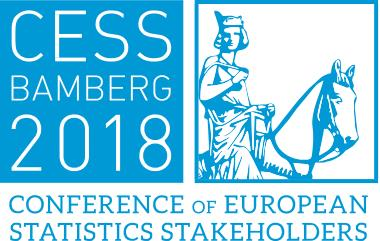Games and the gamification of educational material are no strangers to academic institutions. Pedersen et al. [1] present their interactive virtual learning environment for advanced quantum mechanics. Zamora et al. [2] introduce the gamified learning platform that allows students enrolled in the Master of Economics to check into seminars and classes to earn badges. Vogel et al. [3] showcase the mobile learning environment created by the City University of Hong Kong that encompasses a range of games, spanning from crossword puzzles and quizzes to e-tips and tattoos.
These global efforts to motivate students and help them learn material should not surprise us. After all, a wealth of literature vouches for the efficacy of such initiatives. Teachers and students alike, were enthusiastic about the possibilities for gamification in an Australian research programme. They recognised the "potential for games to impact positively upon learning environments". And they do not stand alone. Seaborn and Fels [6] reviewed 30 studies that specifically used gamification and found that – for those studies that included control groups – the results were measurably positive. Similarly, Su [7] finds that "gamification has a positive effect on learning motivation" and "learning motivation has a positive effect on academic performance". This is confirmed by Smith, who is one of the few researchers to look into the potential of games and the gamification of statistics. She posits that statistics is often perceived as cumbersome by students and that elements of gamification can positively change this attitude. After giving small groups of her students access to learning material that has been gamified to different degrees, she concludes that "there was a positive impact on students’ attitudes towards statistics and learning".
Naturally, National Statistical Institutes (NSI) in Europe also wanted to inspire the students in their countries. In an age of fake news and interpretable facts, it is of ever increasing importance to provide students with the tools they need to critically engage with the information presented to them. In many countries of the EU, statistics is an optional course though. So, in order to stimulate interest new solutions had to be found.
The DIGICOM project of the European Statistical System (ESS) set out to do just that. Its goal is to modernise the communication and dissemination of European statistics. This is achieved by exploring and developing innovative dissemination products and services based on experiences within the ESS and concrete needs of European statistics users.
This paper presents a range of the products developed by Eurostat and seven Member States under this framework. It does so by, first, clearly distinguishing between gamification and games, before then presenting projects that are currently running. These range from mobile apps, to online games and offline games. Finally, the paper will present some future projects before concluding. The paper is thus limited to a portfolio of products and does not assess the efficiency or potential of games and the gamification of statistics. Rather it presupposes both to subsequently showcase a close, innovative and creative European partnership.
